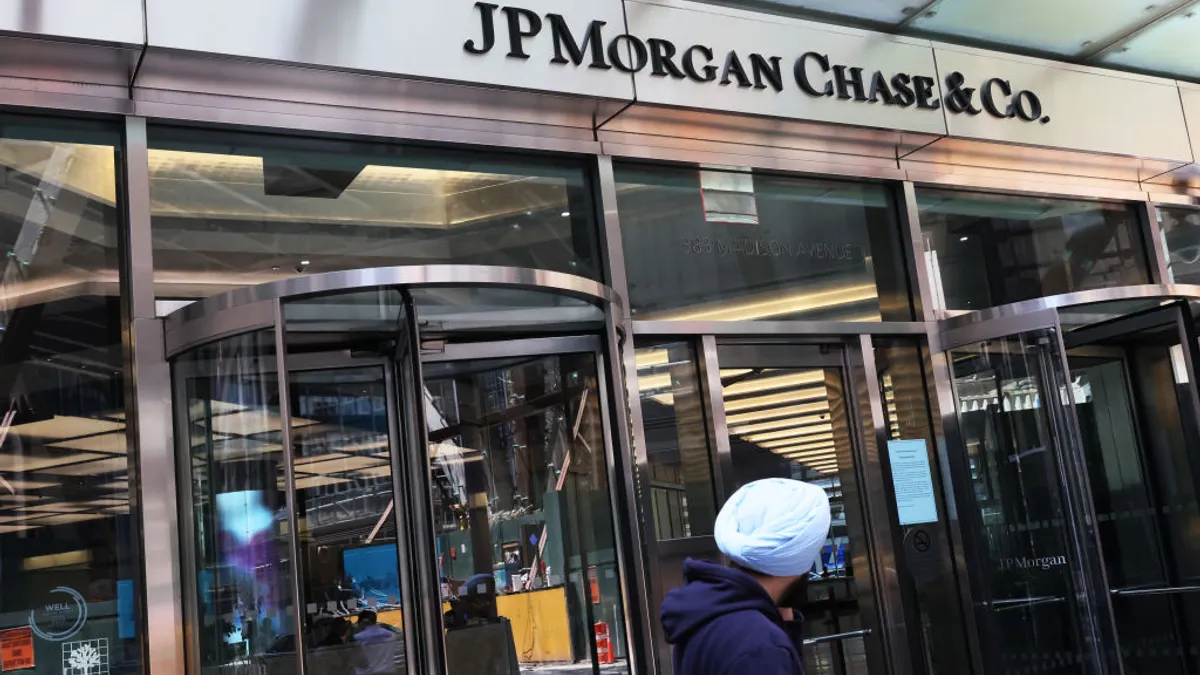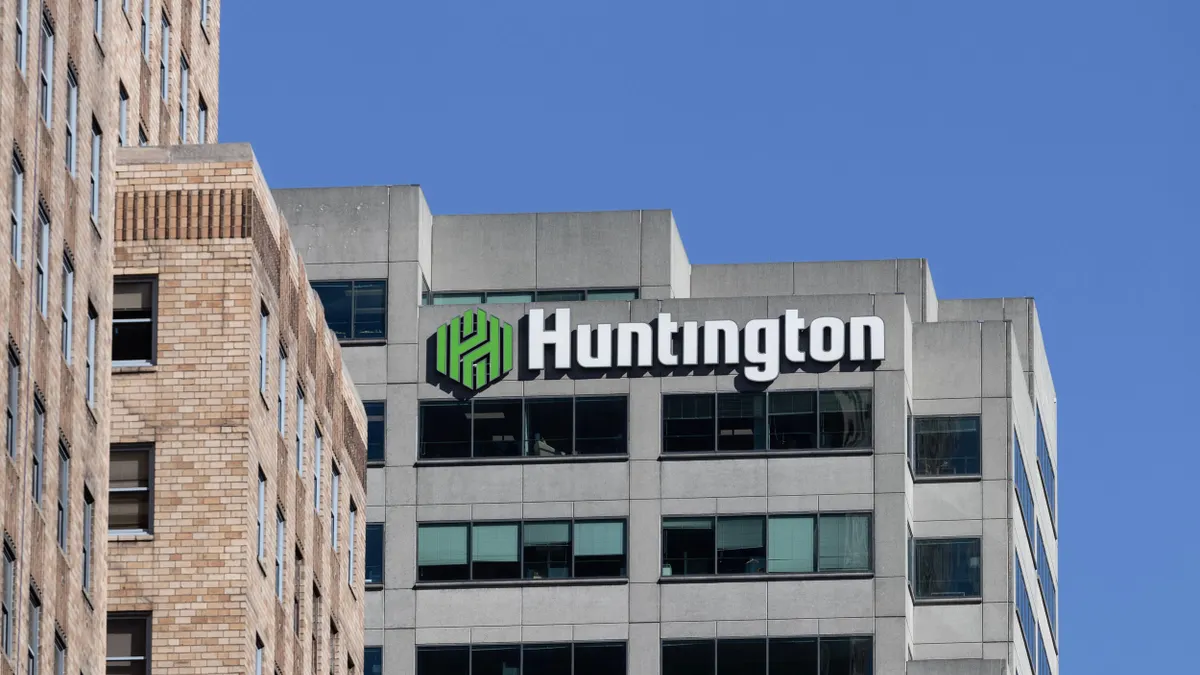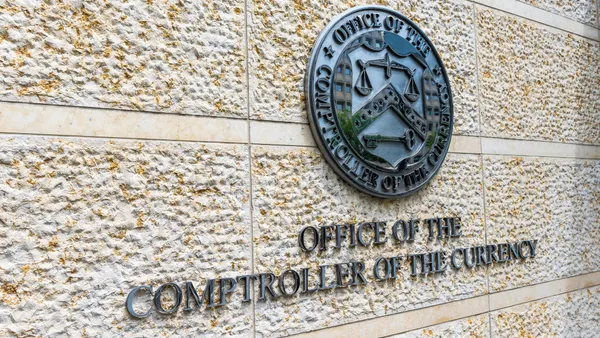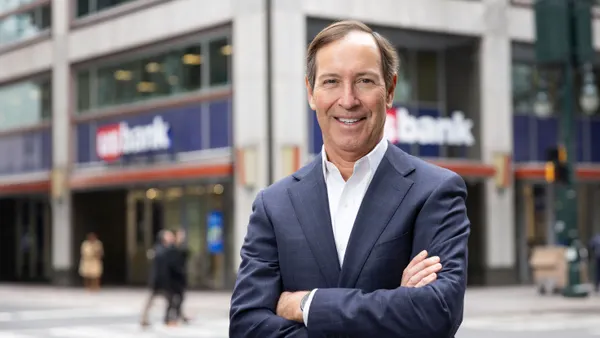The biggest U.S. banks are increasing quarterly dividends following the Federal Reserve’s Friday release of stress test results.
Dividend increases come as the 22 stress-tested banks demonstrated they have sufficient capital to withstand a severe recession and continue lending while remaining above minimum capital requirements. This year’s scenario wasn’t as harsh as last year’s, but given the results, large banks were expected to have room to hike dividends or share repurchases.
Since large bank capital levels remain robust, “investors should continue to expect that any excess capital that cannot be redeployed into growing the companies' core businesses either organically or through acquisition will eventually be returned to shareholders,” RBC Capital Markets analyst Gerard Cassidy wrote Tuesday.
More “aggressive” use of buyback plans should follow once a Basel III capital requirements proposal is finalized, he added.
Dividend increases came out to a median of 7.1%, analysts noted.
Among the top five biggest U.S. banks, JPMorgan Chase is boosting its dividend to $1.50 per share, from $1.40, for the third quarter. Bank of America said its dividend is increasing by 8%, to $0.28 per share. Citi is hiking its dividend to $0.60 per share, from $0.56. Wells Fargo is boosting its dividend to $0.45, from $0.40. U.S. Bank’s dividend will tick up to $0.52 per share, from $0.50.
Goldman Sachs logged a 33% increase, with its dividend jumping to $4 per share. PNC is hiking its dividend 6%, to $1.70 per share. Truist said its current dividend of $0.52 per share will remain.
Preliminary stress capital buffers telegraphed Tuesday “confirmed broad improvement in capital requirements, clearing the way for large banks to lower CET-1 targets,” Truist Securities analyst John McDonald wrote.
JPMorgan, for example, said its required common equity tier 1 capital ratio dropped to 11.5%, from 12.3%.
Most of the banks’ stress capital buffers will be at the 2.5% regulatory minimum based on test results; Citi’s is highest, at 3.6%. However, most were based on current methodology.
“The big question is whether the Fed proceeds with its proposal to average stress test results over two years, which would reduce the magnitude of improvement in capital requirements by ~half for the group,” McDonald wrote.
The Fed will inform banks of their final 2025 stress capital buffer requirements by Aug. 31.
The Fed also trimmed Wells Fargo’s 2024 stress capital buffer, from 3.8% to 3.7%, and cut Goldman Sachs’ 2024 stress capital buffer from 6.2% to 6.1%.
Goldman’s was reduced last year from 6.4%, after the bank contested the Fed’s stress capital buffer requirement. On Tuesday, CEO David Solomon reiterated the desire for stress test changes.
“The Federal Reserve has expressed its intention to institute a more transparent and fair approach to these tests, as it looks to uphold the safety and soundness of our financial system,” Goldman CEO David Solomon said in a news release. “A more balanced approach to the tests would allow Goldman Sachs to continue to serve our clients’ needs, invest in our world-class businesses, and support economic growth. We look forward to continued progress.”
At JPMorgan – where the board of directors also approved a new $50 billion share repurchase program – CEO Jamie Dimon expressed similar sentiments.
“We look forward to future proposals from the Federal Reserve on stress test models and scenarios that will increase transparency and address longstanding issues with the current SCB framework,” Dimon said in a news release.
The amount and timing of JPMorgan’s common share repurchases under the new authorization “will be subject to various factors,” the bank said.
Morgan Stanley, which said it was increasing its dividend to $1 per share, from $0.925, also announced its board re-authorized a $20 billion share repurchase program.
“Given how much de-regulation has picked up steam as a topic between reporting seasons, we expect management teams to field questions on buyback cadence specifically and plans for excess capital deployment generally,” UBS analyst Erika Najarian wrote Tuesday.













